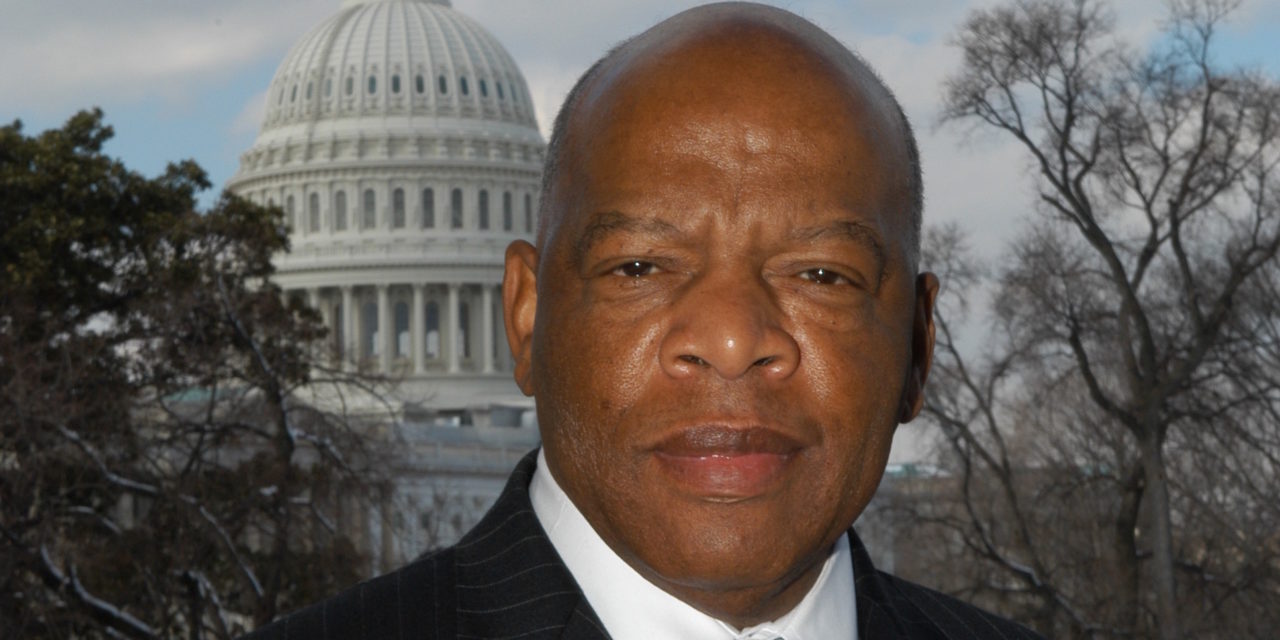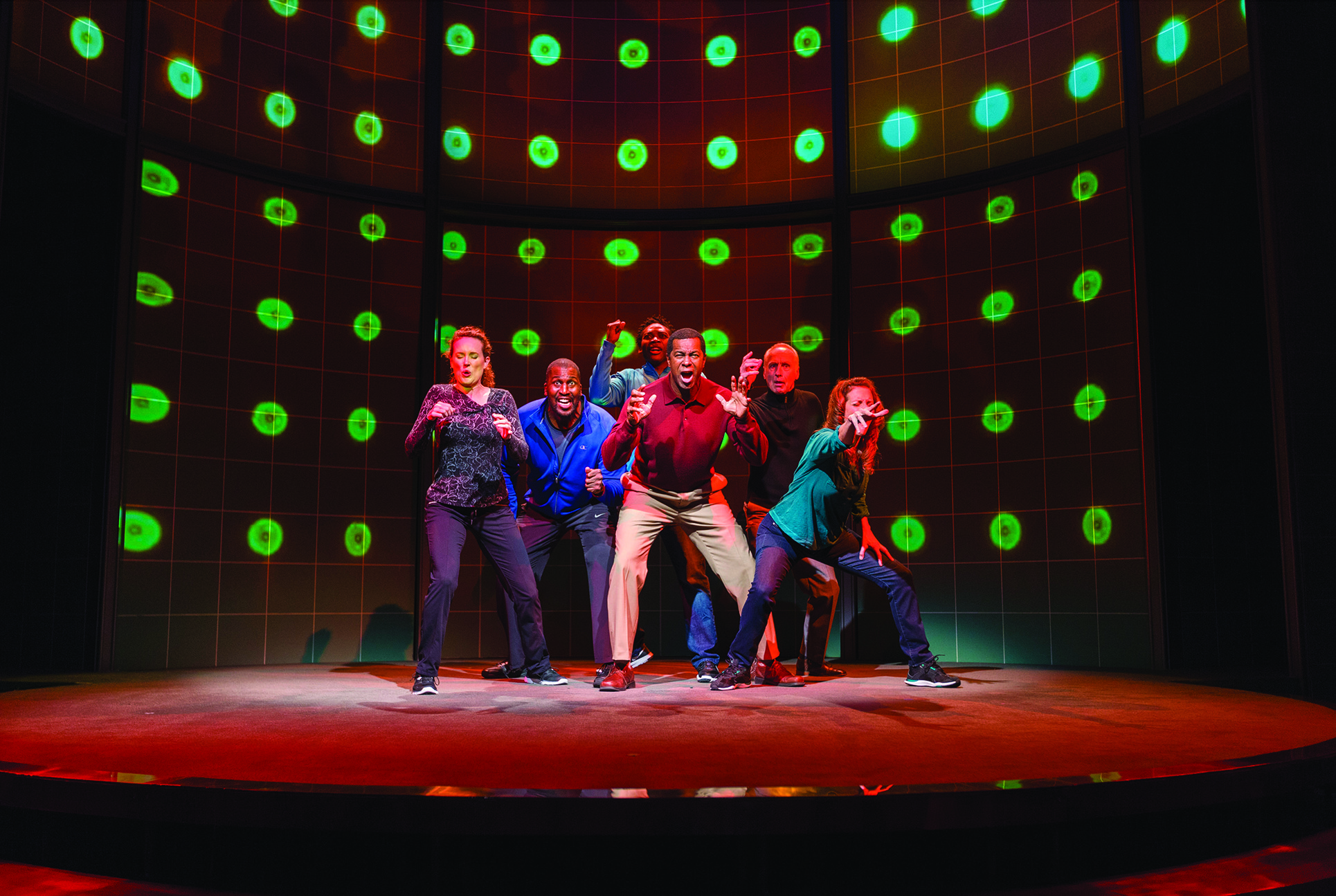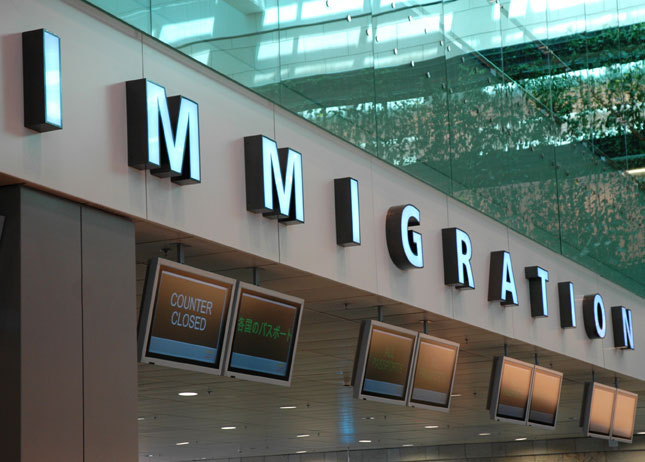“You must find a way to get in the way and get in good trouble, necessary trouble. … You have a moral obligation, a mission, and a mandate, when you leave here, to go out and seek justice for all. You can do it. You must do it.” – On recounting advice John Lewis received from Rev. Martin Luther King, Jr. told by John at Bates College’s 150th Commencement
My life and John Lewis’s life has been defined by our civil rights activities throughout the South. John was the son of sharecroppers who came to Eastern Tennessee around 1960 by way of Troy Alabama, his birthplace.
I, of course, was born as the son of a Tennessee cotton farmer in the town of Eads in Western Tennessee. Eads was located outside of Memphis and not far from the banks of the Mississippi. In Jon Meacham’s recent book, His Truth Is Marching On: John Lewis and The Power of Hope, Jon said Lewis’s life “was linked to the painful quest for justice in America.” And that link to John’s life is exactly how I came to know and appreciate the work of John Lewis. For John and I were focused on creating a reality-based in justice and equality for all.
John and I met when I was 17 years old and had just enrolled in the only historically Black College in Memphis – Owen College (now renamed LeMoyne-Owen College). Similarly, John had become enrolled at American Baptist College in Nashville, in Eastern Tennessee. Students at LeMoyne-Owen College in 1960 had started participation in the southern lunch-counter and anti-segregation interstate movements to protest the “separate but equal” accommodations laws. At that time, these laws were mandated by the U. S. Supreme Court from the 1896 Plessy v. Ferguson case.
The majority of most civil rights meetings, especially with the Big Six as they are called – Martin Luther King, Jr., Southern Christian Leadership Conference; James Farmer, Congress on Racial Equality; John Lewis, Student Non-Violent Coordinating Committee; A. Phillip Randolph, Brotherhood of Sleeping Car Porters; Roy Wilkins, NAACP; and Whitney Young, National Urban League, took place at LeMoyne-Owen College in Memphis, where most dine at the renowned Four-Way Grill. This provided me with ample opportunities to experience and engage with civil rights giants on a regular basis. John, similar to many of us, frequently moved throughout the south focusing on voter registration and political education.
John and I worked at ACTION, a federal domestic volunteer agency formed during President Nixon’s administration. And it was during these civil rights activities that John that assured me that voter registration and education would be kept alive.
In the February 2009 issue of the Smithsonian Magazine, Marian Smith Holmes wrote about a pivotal moment in the civil rights movement:
On Sunday, May 14, 1961—Mother’s Day—scores of angry white people blocked a Greyhound bus carrying black and white passengers through rural Alabama. The attackers pelted the vehicle with rocks and bricks, slashed tires, smashed windows with pipes and axes, and lobbed a firebomb through a broken window. As smoke and flames filled the bus, the mob barricaded the door. “Burn them alive,” somebody cried out. “Fry the goddamn ni**ers.” An exploding fuel tank and warning shots from arriving state troopers forced the rabble back and allowed the riders to escape the inferno. Even then some were pummeled with baseball bats as they fled.
The passengers on this bus were Freedom Riders, civil rights activists who fought for the implementation of desegregation on public buses in the south. John was a Freedom Rider and actively participated in these protests.
Although Tennessee was not one of the states chosen to participate in this fight, the Freedom Rides, I decided to spruce up my car and drive alone from Memphis to New Orleans, to do what I described at the time as: “testing justice in America.” I drove straight through the heart of Mississippi and, unknowingly traveled, I later discovered through Time Magazine, on one of the most dangerous highways in America.
I joined John and other civil rights activists and others in Marches fighting injustice. Our fight, in other words, continued as we both participated in the Marches across the Edmund Pettus Bridge, including Bloody Sunday – a brutal and violent day for John. Important to note that we were fighting and marching for justice and equality in voting rights for Black Americans, especially for my people in Somerville, Tennessee, where hundreds of “Tent City” families there had been driven from their homes by the Ku Klux Klan because of trying to register to vote.
John was often referred to as a “troublemaker,” a label that I am often confronted with here in Howard County, Maryland. Here again, I learned from John that fighting for justice requires courage, a culture of ignoring the torpedoes, and a resoluteness of a bear continuing full speed ahead. John has been referred to as a “saint that walked among us.” And I am proud and honored to have had the opportunity to have joined this Saint, this giant, a revolutionary, in the fight for peace and justice.







Recent Comments